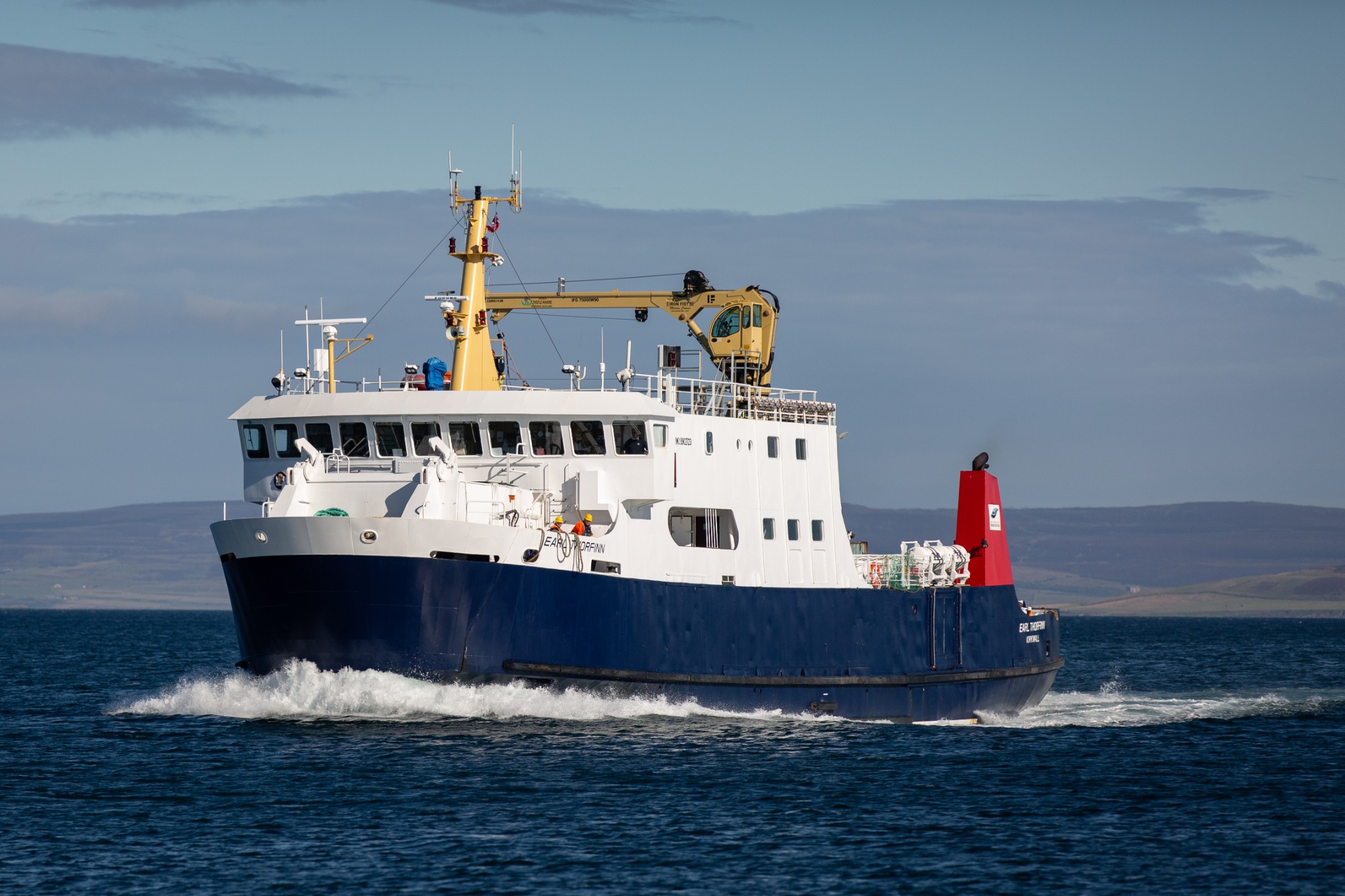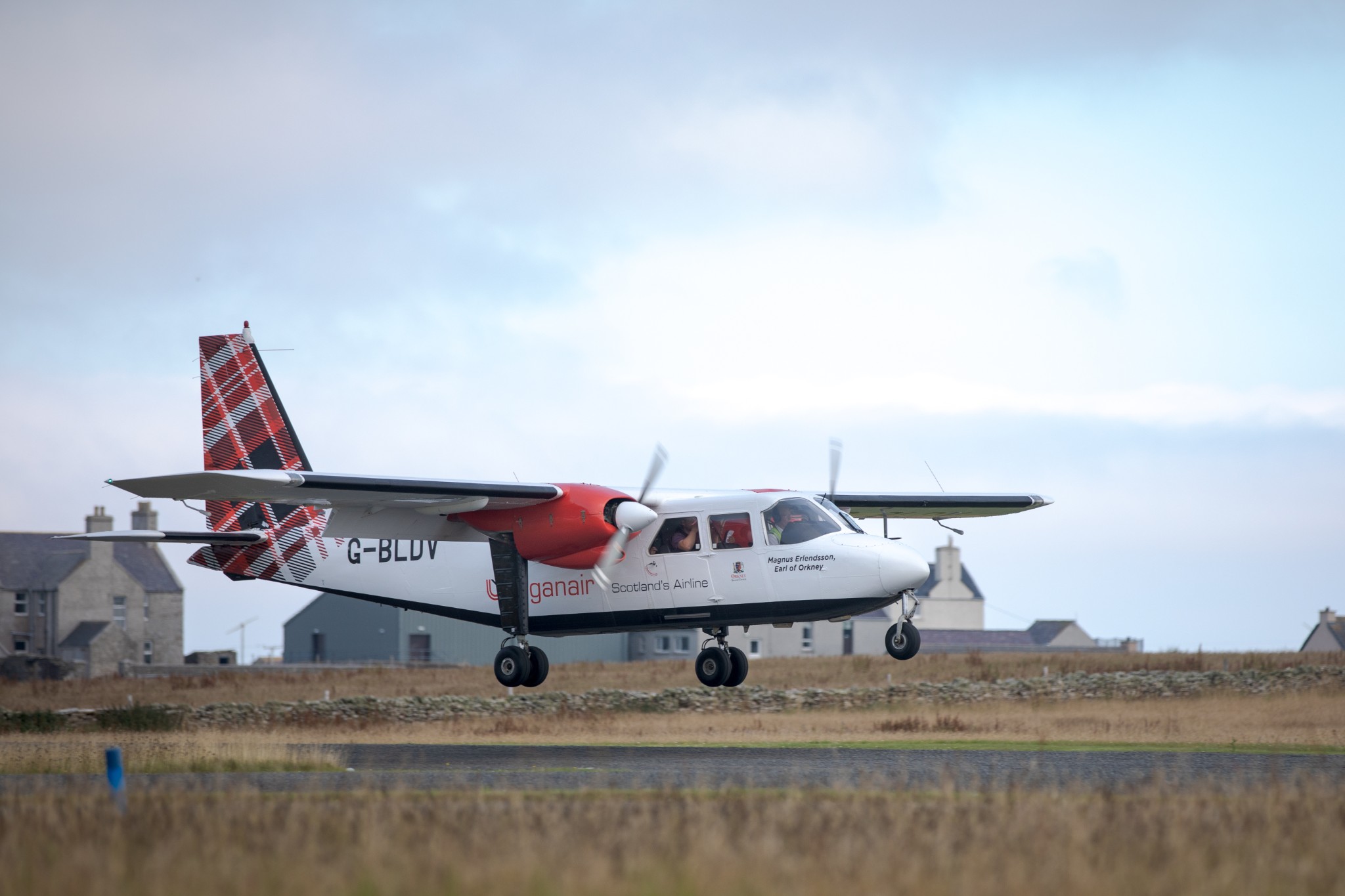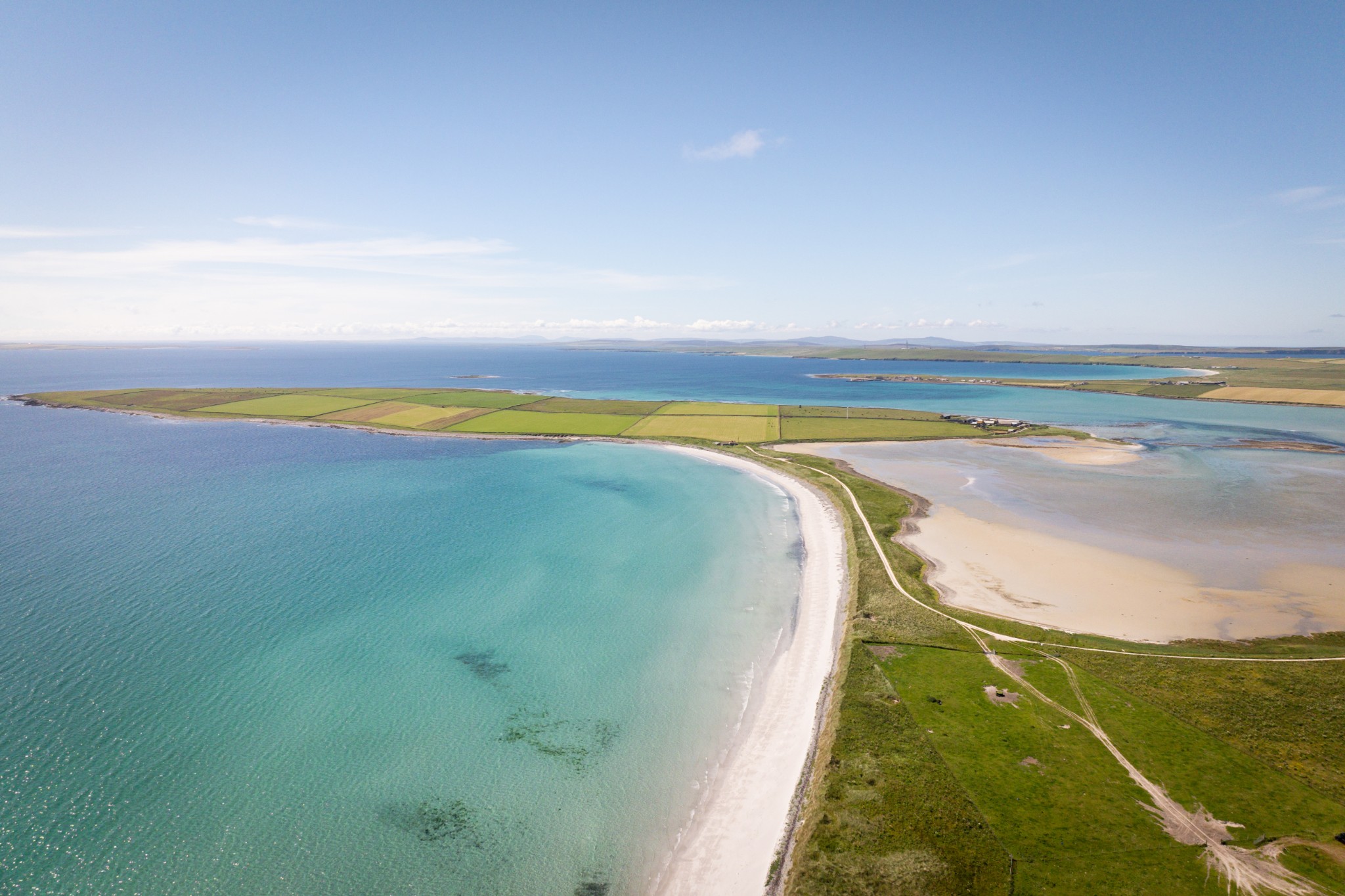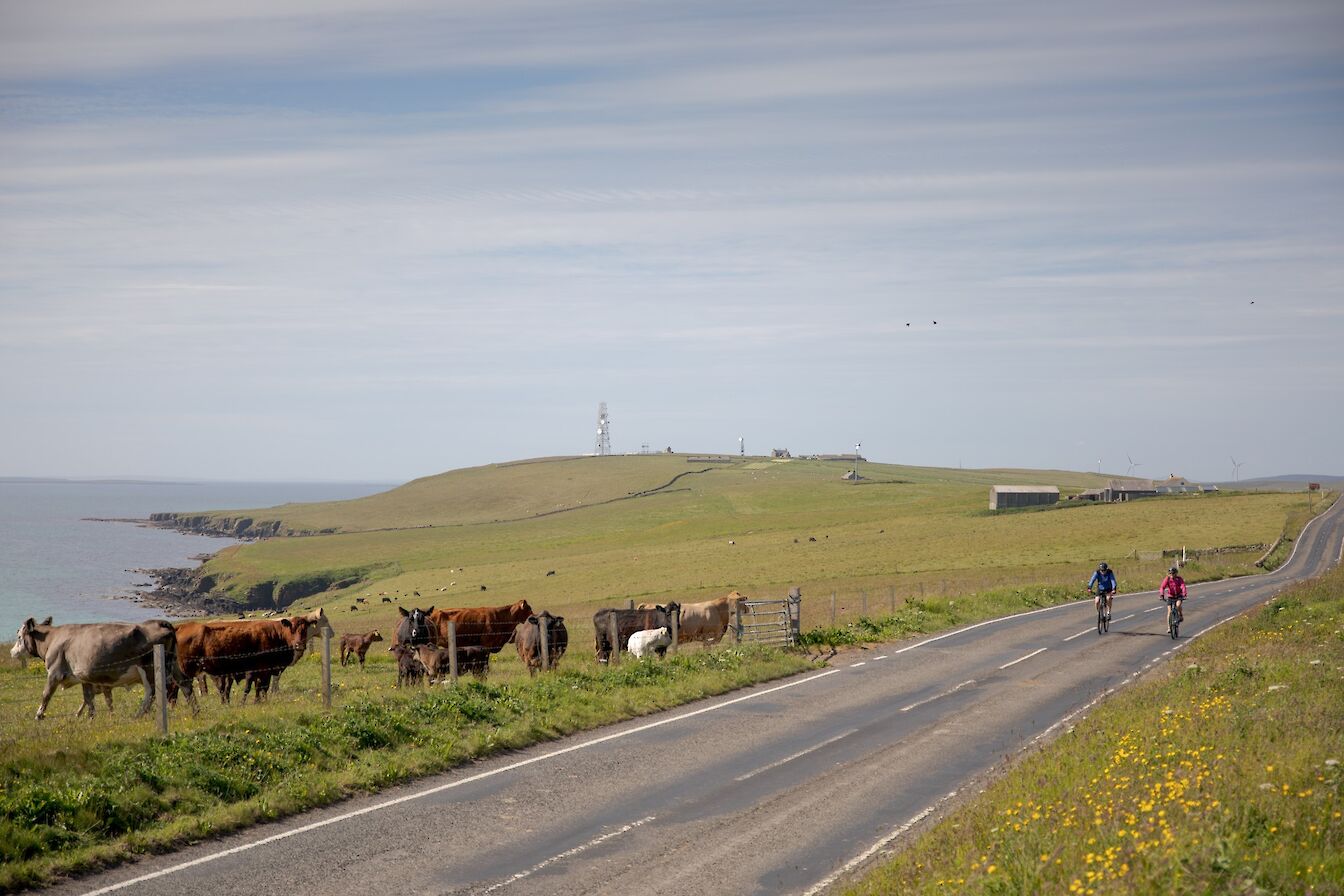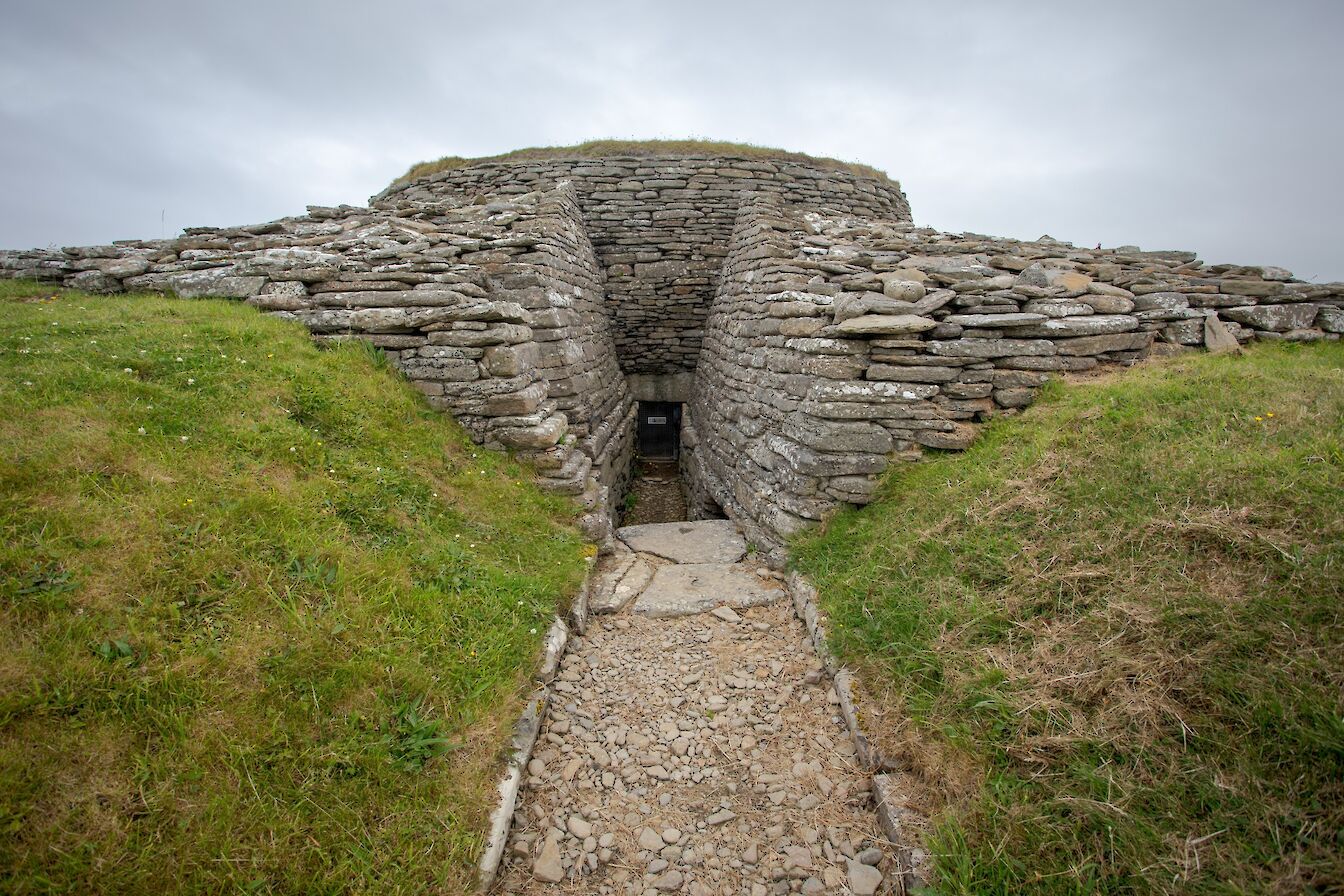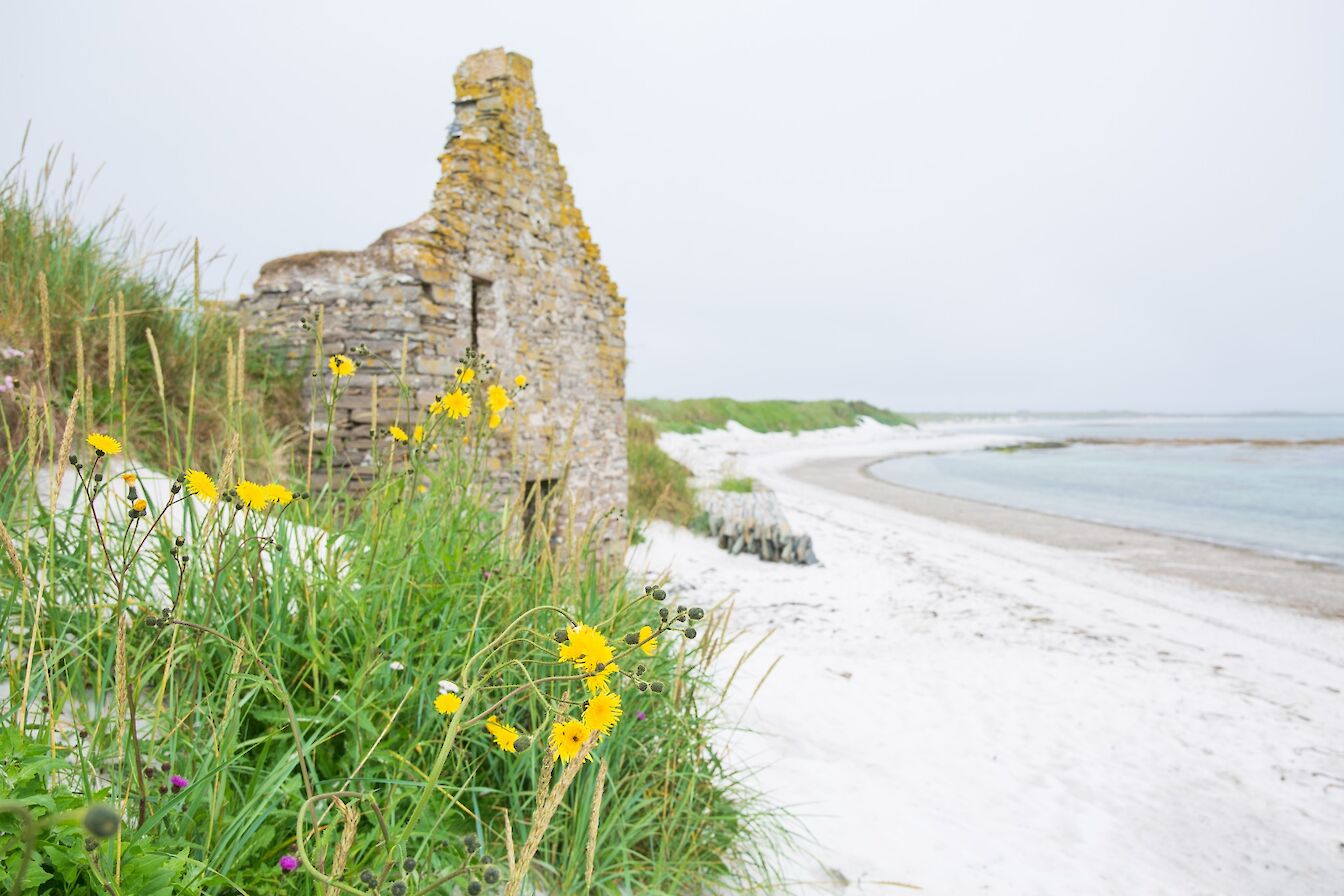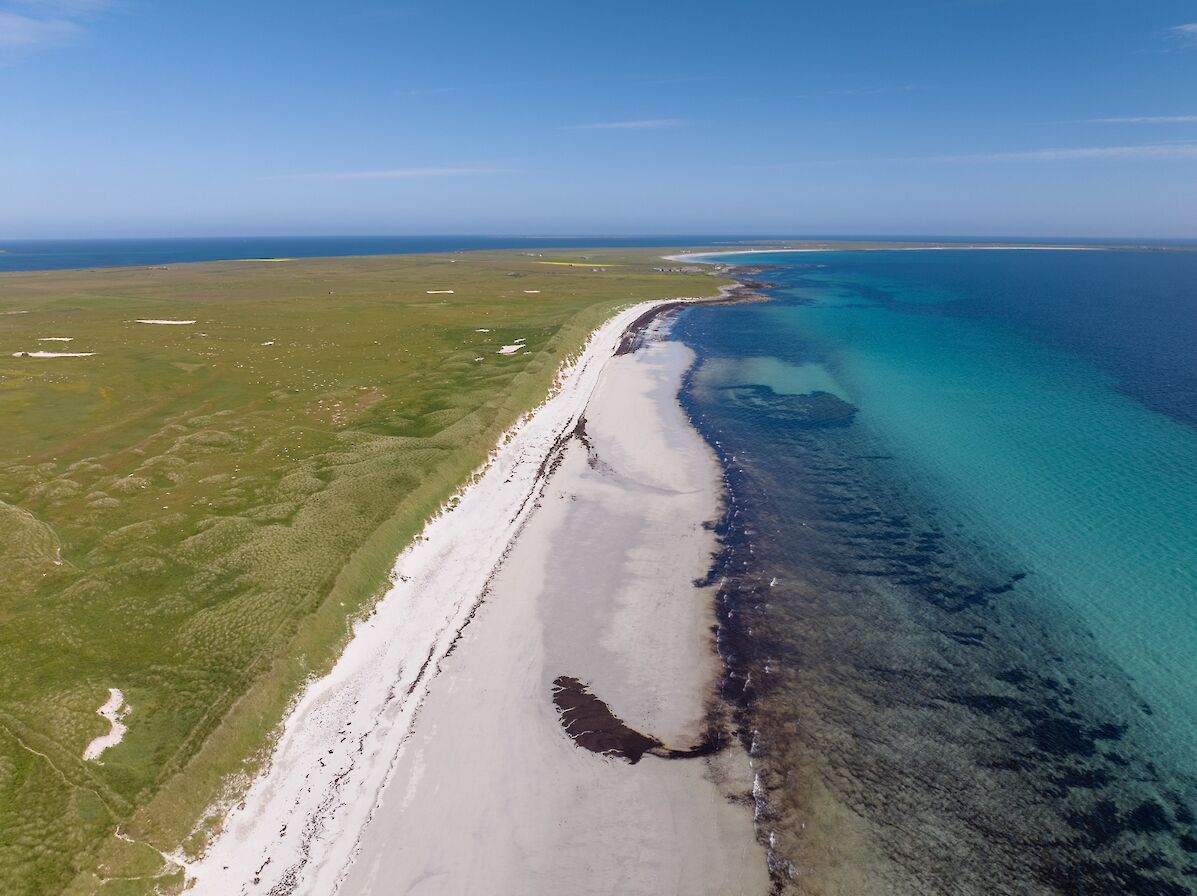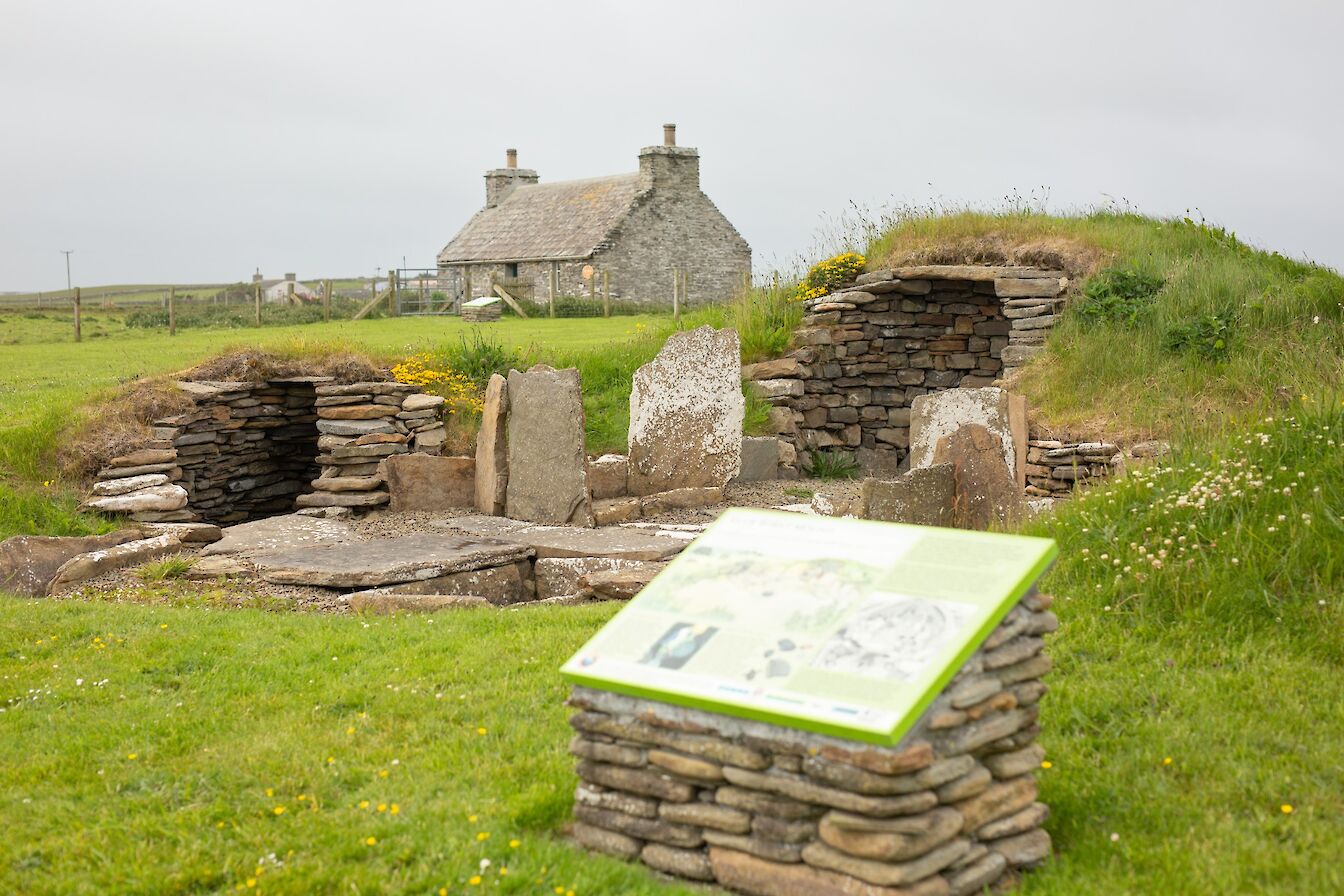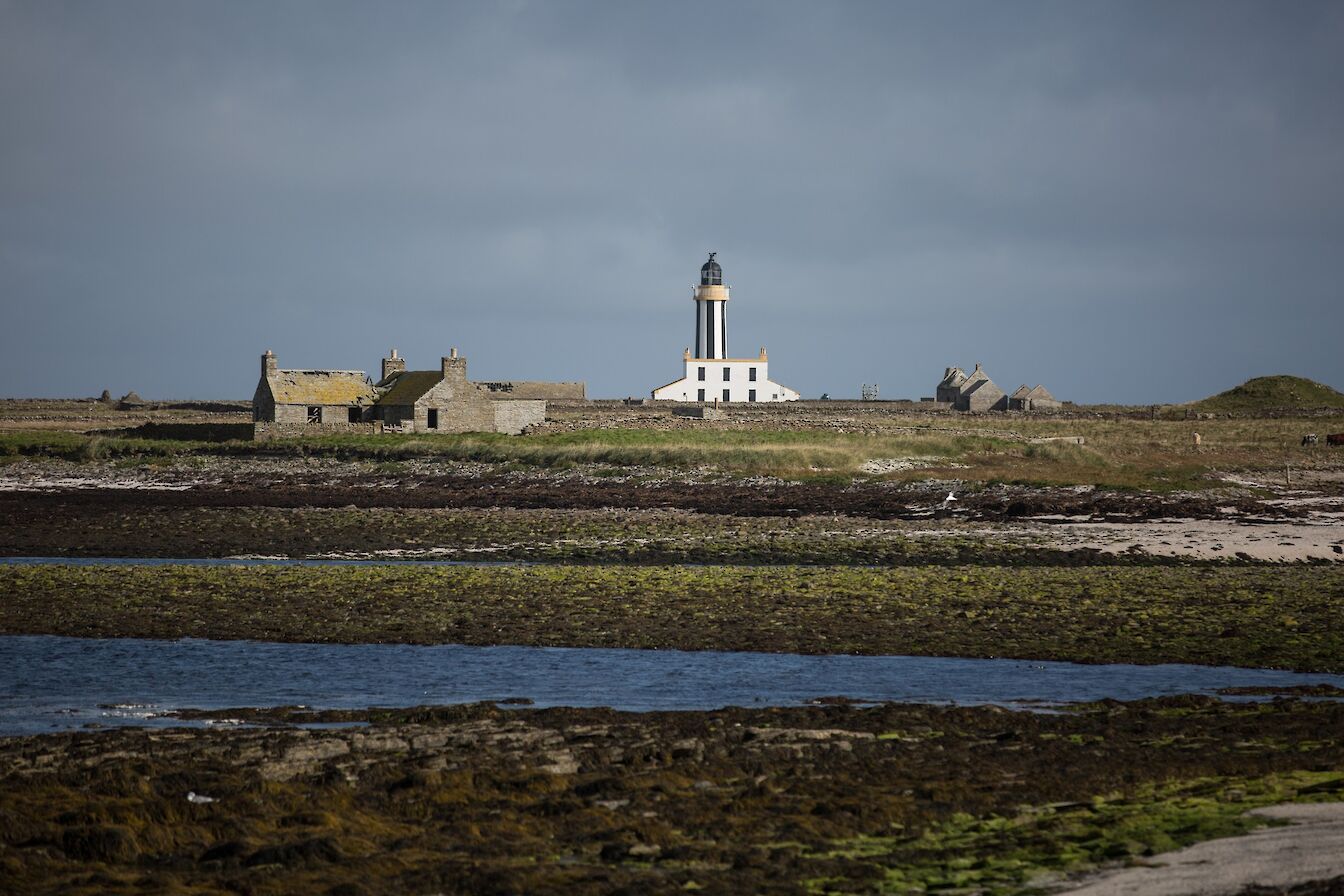Full of sweeping, shallow bays and white sand beaches, Sanday is a peaceful island that’s perfect for experiencing the great outdoors.
About Sanday
The largest of Orkney’s north isles, Sanday is a place of contrasts. It has a land and seascape more akin to the Outer Hebrides, with beautiful beaches, sand dunes and machair, found at the fringes of some of most fertile farmland in the islands. Its low-lying landscape offers expansive vistas all around, and the light here is particularly dramatic throughout the year.
It’s a haven for wildlife, with birds, otters, seals, and orcas regularly spotted. But it’s also an island that has attracted attention over millennia, with hundreds of archaeological finds and important Viking sites discovered in the sandy soil.
There’s a vibrant community in Sanday, full of farmers and crafters, and a busy events calendar to enjoy. But perhaps here more than anywhere else in Orkney, the natural world takes centre stage, and what a show it puts on.
Useful information
- Food & drink
Visitors to Sanday have an excellent choice of eating out options. You can visit the UK’s most northerly wood-fired pizzeria at 59 Degrees North, found in the parish of Burness. This busy and modern café-style premises offers delicious pizzas and a range of other homemade treats, with takeaways also available. Opening times change according to the season – phone 01857 600 260, email hello@59-degreesnorth.co.uk, or find them on Facebook for the latest information. Booking ahead is recommended during the summer months.
The Kettletoft Hotel provides a range of eating out options, from a Sunday carvery to a fish and chip shop. There are regular specials and event menus too, and a licensed bar that’s open throughout the week, except Mondays. Food is on offer on certain days – check in advance by phoning 01857 600 217, email markkettletofthotel@gmail.com or find the hotel on Facebook.
Around the corner from the Kettletoft Hotel, the Belsair Hotel serves up a range of tasty bar food, including fish and chips, southern fried chicken, pizzas and much more. There are regular themed nights and it’s a licensed bar too. Check opening times before arriving by phoning 01857 600 206, or find the hotel on Facebook.
The Sanday Community Craft Hub also has a tearoom offering light bites, cakes, and teas and coffees – perfect for a refreshment after browsing the excellent range of local arts and crafts on display. Check opening times in advance on Facebook.
- Shopping
Sanday has two local stores that really set the standard for island shopping. You can pick up everything you need if you’re planning a day trip or a longer stay in the island.
The Sanday Community Shop in Lady village is exactly that, a place where you can wander in to buy some bits and pieces but end up staying a while, putting the world to rights with staff and other customers. Fresh food and deli goods are the main attraction here. It’s open all week – phone 01857 600 483, email sandaycommunityshop@gmail.com, or find the shop on Facebook to check opening times.
Overlooking Bea Loch, you’ll find Sinclair’s General Stores, a purpose-built shop packed with a wide selection of fresh fruit and vegetables, frozen foods, refreshments, handmade local souvenirs, and a huge range of hardware. Again, the shop is open throughout the week – phone 01857 600 312, email help@sinclairstores.co.uk, or find the shop on Facebook to check opening times.
- Fuel
Fuel is available at both island shops, check with each business in advance to confirm opening times. Phone the Sanday Community Shop on 01857 600 483, or Sinclair’s General Stores on 01857 600 312.
- Public toilets
There is a public toilet at the ferry terminal, with one gents’ toilet, one ladies’/accessible toilet. There’s also a toilet at the Kettletoft Pier, with one accessible toilet/shower room.
Sanday has daily flight and ferry connections linking it with Kirkwall and neighbouring isles, Stronsay and Eday.
Getting to Sanday by sea
Orkney Ferries operates daily return sailings between Kirkwall and Sanday. Depending on the timetable, some of the sailings on either leg of the journey may call in past Eday or Stronsay.
Bicycles are accepted on Orkney Ferries. Book your ferry tickets online via the Orkney Ferries website and contact the ferry company directly for more information on all its services.
Getting to Sanday by air
Loganair offers flights to and from Sanday daily, with an on-demand stop-off on Sundays. Advance booking for all inter-isles flights in Orkney is essential, particularly during the summer months. You can view the timetable on the Loganair website. Contact the Loganair team at Kirkwall Airport for travel information and advice.
Getting around Sanday
Sanday is the largest of Orkney’s north isles, stretching around 16 miles from west to east. Bringing a car or bicycle is recommended to make the most out of your visit – walking isn’t really an option unless you’re planning to stay a considerable time.
The Sanday Bus is the local on-demand service, providing connections to or from the ferry terminal from anywhere on a public road in the island. Booking in advance is essential and seats can be reserved up to 6pm the day before you plan to travel. Phone or text 07513 084 777 (leave a voicemail if there’s no answer), or find the Sanday Bus on Facebook for more information.
Bicycles can be brought for free with Orkney Ferries, and Sanday’s roads are relatively quiet and in good condition. You can hire bikes, including e-bikes, from the Sanday Community Shop. Phone 01857 600 483, email sandaycommunityshop@gmail.com, or find the shop on Facebook to book in advance. Our Sanday walking and cycling routes are an excellent introduction to the island.
There are no car hire options in Sanday.
Guided tours
If you’d like a helping hand to see the island at its best, Sanday Experience Island Tours make use of the Sanday Bus on Wednesdays to take you on a sightseeing trip. The tour includes a light lunch at the Craft Hub and will drop you off at the ferry terminal for the boat home. Booking in advance is essential – phone or text 07513 084 777.
You can also take a tour with the Ayre’s Rock team which can be tailored to suit your interests, from beaches to archaeology. Phone 01857 600 410 for more information or find them on Facebook.
Given its name, much of the focus in Sanday is on its plethora of fabulous beaches.
Scrape the surface of this island though and you’ll find plenty of interesting sites and attractions that are well worth exploring.
Our Sanday walking and cycling routes are an excellent introduction to the island and its fabulous beaches.
Find your perfect home from home in Sanday.
